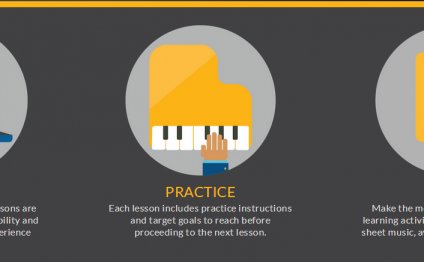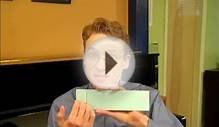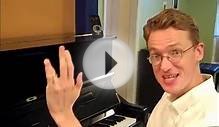
Hoffman Piano lessons
There are 2 approaches to solfege used around the world: fixed ‘do’ and moveable ‘do’. In the US, and in some other Eastern European countries, moveable ‘do’ is more common. In moveable ‘do’, ‘do’ is the tonic pitch. In other words, if you are in the key of F-sharp, then F-sharp is ‘do’, G-sharp is ‘re’, etc. In fixed ‘do’, C is ‘do’, D is ‘re’, etc. The reason I choose to use moveable ‘do’ instead of fixed ‘do’ is because fixed ‘do’ (in the US at least) is a redundant, and therefore somewhat pointless system, since we already use letter names (C, D, E, etc.) to represent the fixed pitches. Moveable ‘do’, on the other hand, is very useful in teaching transposition to beginning students, so kids can easily see how the same relationship of pitches can be transposed to various keys. So, to sum up, I use letter names to represent the fixed pitches on the piano (C, D, E, etc), but moveable ‘do’ to represent the relationships of the pitches to one another around a tonal center. My students learn both a fixed and a moveable system, which I believe gives them the greatest advantage as they progress and develop musically.
YOU MIGHT ALSO LIKE



Share this Post
Related posts
London Piano lessons
My piano lessons for children stretch their ability in a healthy way, with an encouraging style that fosters their enthusiasm…
Read MoreChristian Piano lessons
Complete Piano Course in 6 levels - 6 books and 8 CDs. The Piano course for Christians is a comprehensive music course for…
Read More










